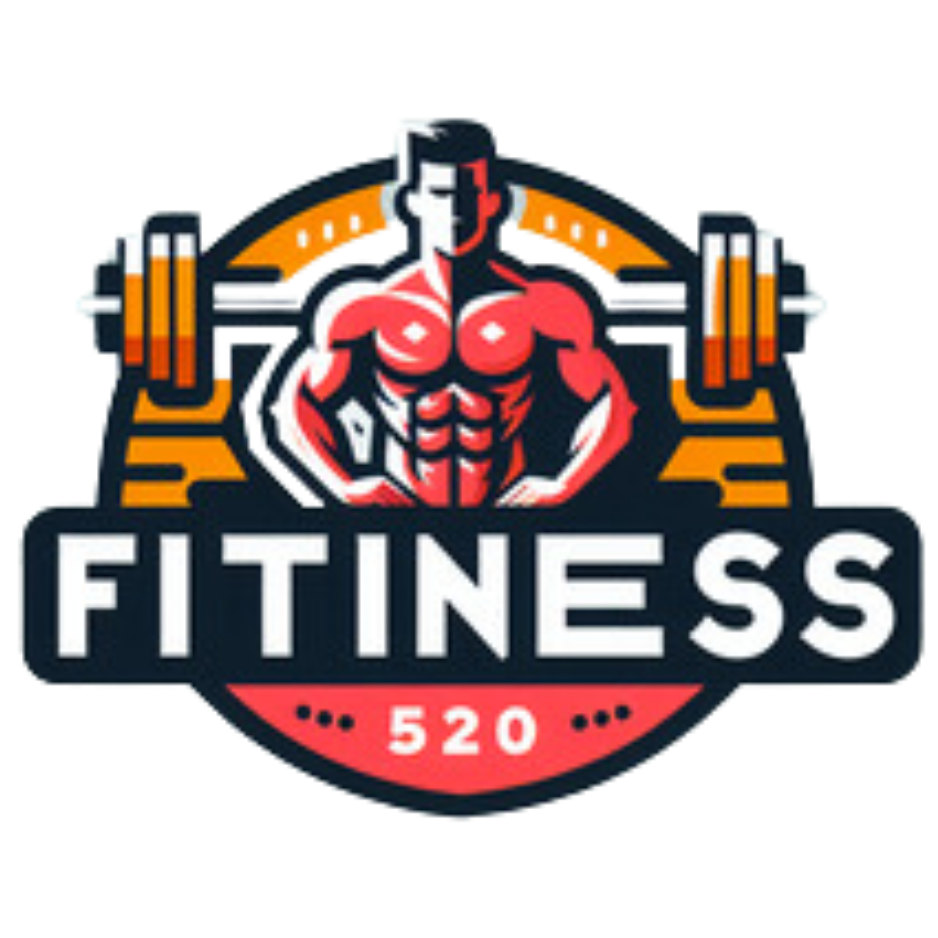Strength training remains one of the most effective ways to build muscle, increase endurance, and enhance overall fitness. As we enter 2024, new trends and techniques are emerging, making it essential to stay updated with the latest strength training routines. Whether you’re a beginner or an experienced lifter, incorporating modern strategies into your workout can help you achieve your fitness goals more efficiently. This comprehensive guide explores the best strength training routines for 2024, offering insights into effective exercises, workout structures, and tips for maximizing your results.
1. Understanding Strength Training

What is Strength Training?
Strength training, also known as resistance training, involves exercises designed to improve strength and endurance by working against resistance. This can be achieved using free weights, machines, resistance bands, or body weight. The primary goal is to increase muscle strength, size, power, and endurance.
Benefits of Strength Training
- Muscle Growth: Helps in hypertrophy, increasing muscle size.
- Improved Metabolism: Boosts metabolic rate, aiding in weight management.
- Enhanced Bone Density: Strengthens bones and reduces the risk of osteoporosis.
- Increased Functional Strength: Improves daily functional movements and reduces injury risk.
- Better Posture and Balance: Enhances core strength, aiding in better posture and balance.
2. Trending Strength Training Routines for 2024
1. Hybrid Workouts
What Are Hybrid Workouts?
Hybrid workouts combine elements of different training styles to create a comprehensive routine. For example, combining strength training with cardiovascular exercises or flexibility work. This approach maximizes overall fitness and keeps workouts engaging.
Sample Hybrid Workout Routine:
- Warm-Up: 5 minutes of light cardio (jogging or cycling)
- Strength Training Circuit: Perform each exercise for 45 seconds, followed by a 15-second rest
- Push-Ups
- Dumbbell Squats
- Bent-Over Rows
- Kettlebell Swings
- Plank
- Cardio Blast: 10 minutes of high-intensity interval training (HIIT)
- Cool-Down: 5 minutes of stretching and deep breathing
2. Functional Training
What Is Functional Training?
Functional training focuses on exercises that mimic everyday movements, improving your ability to perform daily tasks. It emphasizes core strength, stability, and coordination.
Sample Functional Training Routine:
- Warm-Up: 5 minutes of dynamic stretching
- Circuit Training: Perform each exercise for 1 minute, with 30 seconds of rest between exercises
- Goblet Squats
- Medicine Ball Slams
- TRX Rows
- Single-Leg Deadlifts
- Battle Ropes
- Core Work: 10 minutes of core exercises (e.g., Russian twists, bicycle crunches)
- Cool-Down: 5 minutes of foam rolling and stretching
3. High-Intensity Strength Training (HIST)
What Is High-Intensity Strength Training (HIST)?
HIST combines high-intensity interval training (HIIT) principles with strength exercises. This routine focuses on short bursts of intense effort followed by brief rest periods.
Sample HIST Routine:
- Warm-Up: 5 minutes of jumping jacks and high knees
- Strength Intervals: Perform each exercise for 30 seconds, followed by 15 seconds of rest
- Barbell Bench Press
- Deadlifts
- Overhead Press
- Goblet Squats
- Kettlebell Swings
- HIIT Cardio: 10 minutes of intervals (e.g., 30 seconds sprint, 30 seconds walk)
- Cool-Down: 5 minutes of stretching and hydration
4. Bodyweight Training
What Is Bodyweight Training?
Bodyweight training involves exercises that use your body weight as resistance. It is convenient, requires no equipment, and can be performed anywhere.
Sample Bodyweight Training Routine:
- Warm-Up: 5 minutes of dynamic movements (e.g., arm circles, leg swings)
- Bodyweight Circuit: Perform each exercise for 1 minute, with 30 seconds of rest between exercises
- Push-Ups
- Bodyweight Squats
- Lunges
- Burpees
- Mountain Climbers
- Core Work: 10 minutes of bodyweight core exercises (e.g., planks, leg raises)
- Cool-Down: 5 minutes of stretching
5. Recovery and Mobility Training
What Is Recovery and Mobility Training?
Recovery and mobility training focuses on enhancing flexibility, reducing muscle soreness, and preventing injuries. It is an essential component of a balanced strength training routine.
Sample Recovery and Mobility Routine:
- Foam Rolling: 5 minutes focusing on major muscle groups
- Dynamic Stretching: 10 minutes of dynamic stretches (e.g., leg swings, hip circles)
- Yoga Flow: 15 minutes of yoga poses that target flexibility and relaxation (e.g., downward dog, pigeon pose)
- Breathing Exercises: 5 minutes of deep breathing to promote relaxation
3. Tips for Maximizing Your Strength Training Routine

1. Set Clear Goals
Establish specific, measurable goals for your strength training. Whether you aim to build muscle, increase strength, or improve endurance, having clear goals will help you stay focused and motivated.
2. Maintain Proper Form
Correct form is crucial to prevent injuries and maximize effectiveness. Consider working with a personal trainer or using instructional videos to ensure you’re performing exercises correctly.
3. Gradually Increase Intensity
Progressively increase the weight, resistance, or intensity of your workouts to continue challenging your muscles and promoting growth.
4. Allow Adequate Recovery Time
Muscles need time to recover and grow. Incorporate rest days into your routine and ensure you’re getting sufficient sleep and nutrition.
5. Stay Hydrated and Nourished
Proper hydration and nutrition support your training efforts. Consume a balanced diet with adequate protein, carbohydrates, and healthy fats to fuel your workouts and aid in recovery.
6. Track Your Progress

Keep a workout journal or use fitness apps to track your progress. Monitoring your performance helps you stay on track and make necessary adjustments to your routine.
4. Conclusion
In 2024, strength training routines continue to evolve, offering new and effective ways to achieve your fitness goals. By incorporating hybrid workouts, functional training, high-intensity strength training, bodyweight exercises, and recovery techniques, you can create a well-rounded fitness plan that meets your needs. Remember to set clear goals, maintain proper form, gradually increase intensity, and support your training with proper nutrition and recovery. Embrace these innovative routines and tips to make the most of your strength training journey in 2024.



